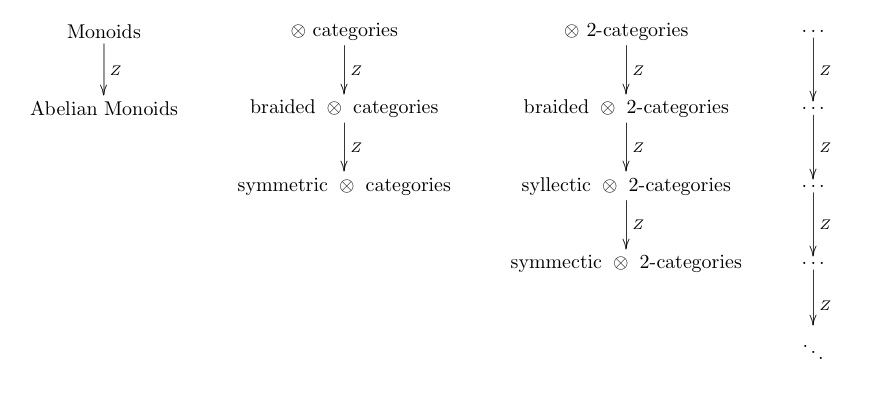If you use sheaves to study differential geometry, one of the basic lemmas you’ll want is the following: Let be a smooth manifold and let
be a sheaf of modules over
. (For example,
might be the sheaf of sections of a vector bundle.) Then all higher sheaf cohomology of
vanishes.
The proof of this theorem is basically homological algebra plus the existence of partitions of unity. This gives rise to a slogan “when you have partitions of unity, sheaf cohomology vanishes.” One way to make this definition precise is through the technology of fine sheaves.
As Wikipedia says today, “[f]ine sheaves are usually only used over paracompact Hausdorff spaces”. That means they are not used when working with the Zariski topology on schemes, for example. When I started digging into this, I realized there were good reasons: The technology of fine sheaves (and the closely related technology of soft sheaves) does not include the scheme theory cases which we would want it to.
However, there are theorems of the form “when you have partitions of unity, sheaf cohomology vanishes” on schemes and on complex manifolds. I put up a question at MathOverflow asking whether there were better formulations that included these examples, but I probably didn’t formulate it well. I think spelling out all my issues would be too discursive for MathOverflow, so I’m bringing it over here.
